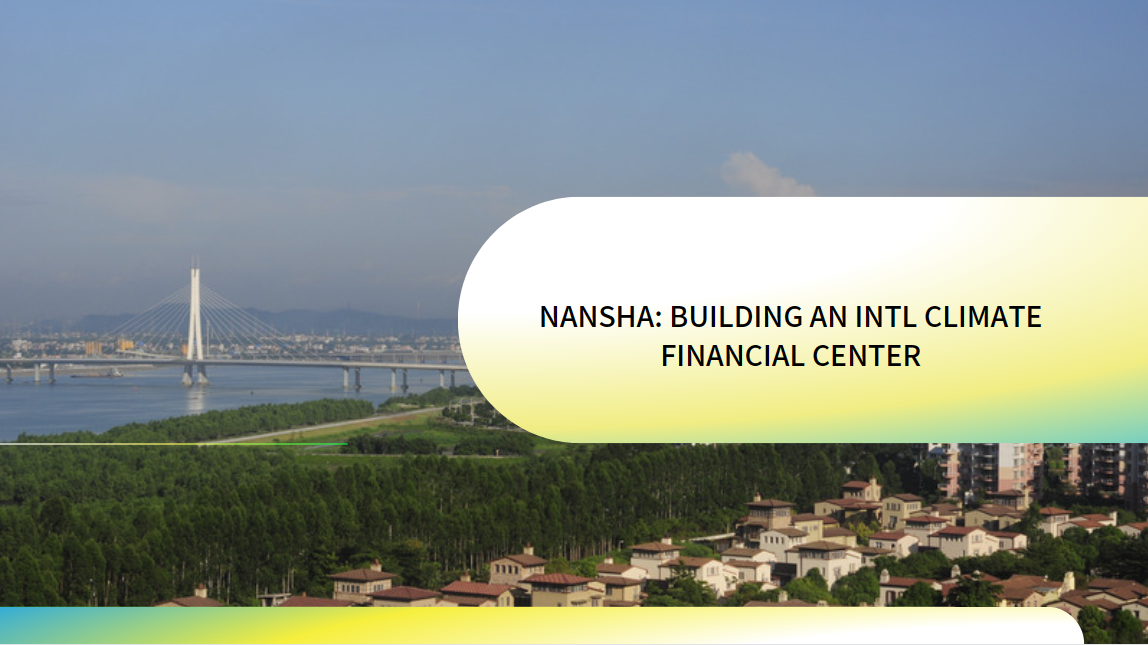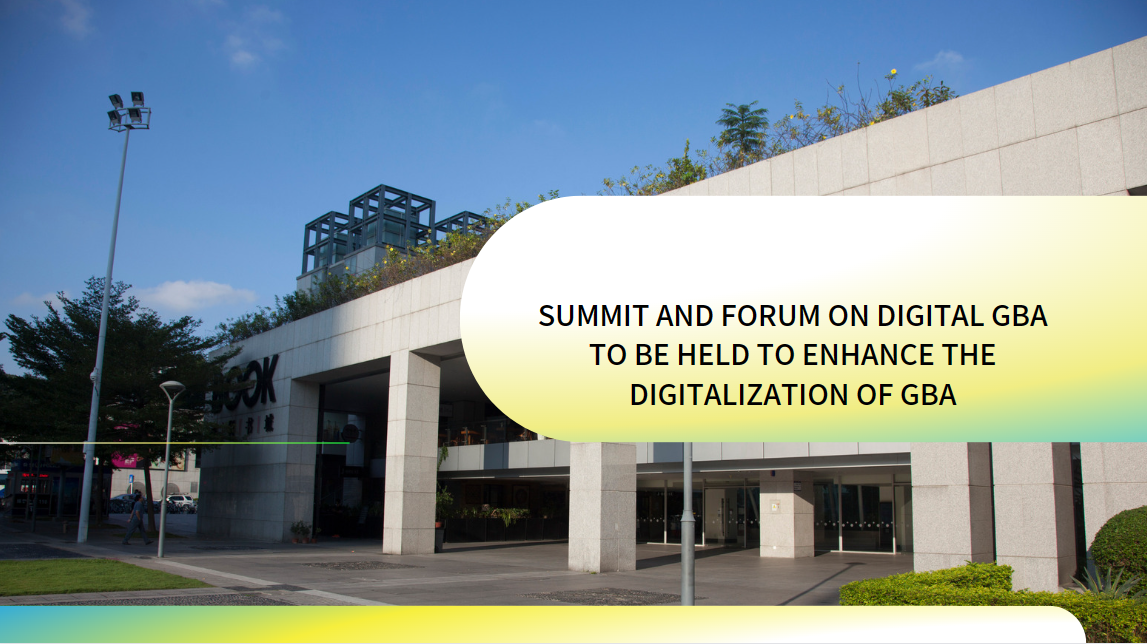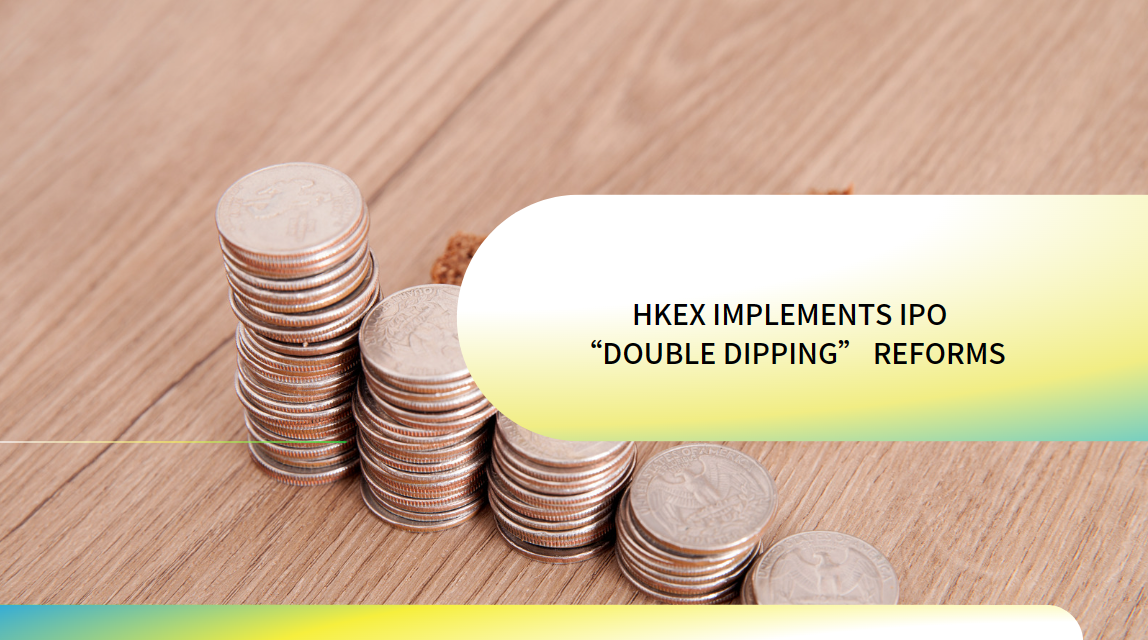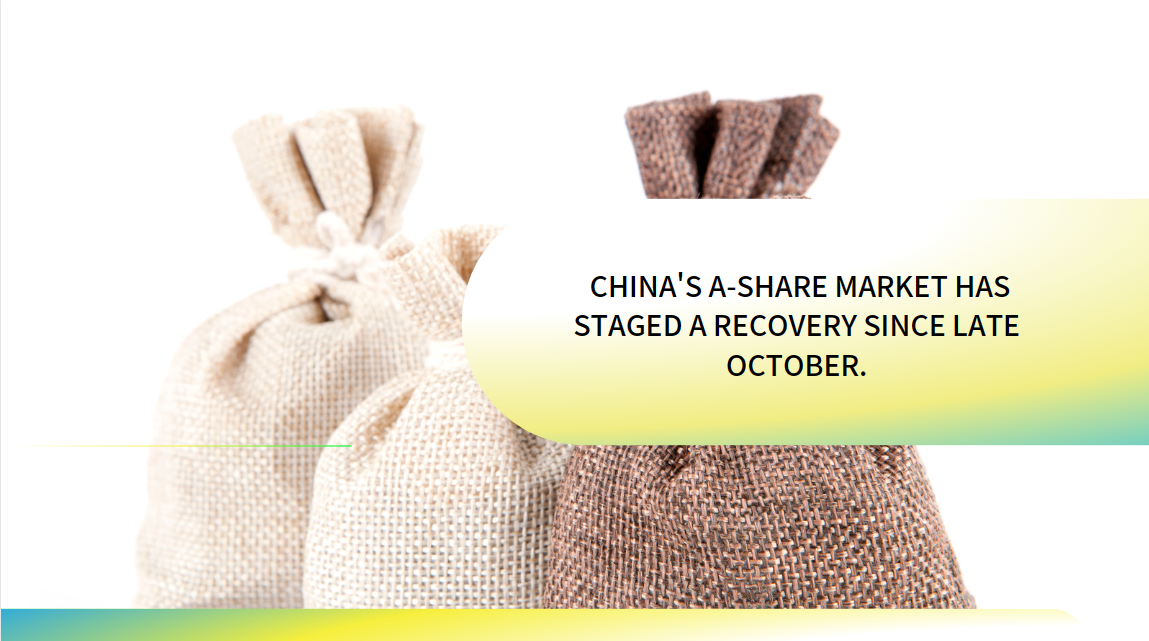The future monetary system: from vision to reality
I would like to thank the Bank of Korea for inviting me to speak today.* I will use my time to talk about the financial system of the future: what we want from it, what would comprise it and how we will go about building it.
Before I do so, however, let me first say a few words about a totally different topic, artificial intelligence.
Two years ago, this was not at the top of the mind for many people. Today, we seem to talk of nothing else. Rapid advances in computing power and new algorithms on top of large reservoirs of data have led to systems so powerful, and so life-like, that they raise fundamental questions about how we will work and even function as a society in the future.
Who would have imagined a few years ago that we would soon have computer programs capable of absorbing practically all the accumulated knowledge of humanity? Or that we could use them to automate complex tasks, perform mundane activities and even solve previously unanswerable questions? Who can say with confidence how much further these systems will have advanced in one or two years' time?
Now I would like to contrast the progress made in AI with the speed and depth of adoption of digital innovation in financial systems.
In AI, advances today are measured in months, even weeks. In the financial system, it is in years, even decades.
To be sure, there have been some breakthroughs. Many countries have introduced fast payment systems. And we can now access basic banking services via apps, instead of visiting a bank branch. But flaws and roadblocks persist. Many of these are simply unacceptable given the technology we have at our disposal.
The fundamental problems we still face in financial systems, in advanced economies as well as emerging and developing ones, include the following:
·Many parts of society remain unbanked, without adequate payment, savings or credit services;
·Under-use of financial services due to slow and costly transactions;
·Low customer satisfaction; and
·Feeble connectivity, particularly for cross-border transactions.
These problems affect the economy and our daily lives in many ways; they put a drag on economic growth and hinder credit allocation, while aggravating income inequality and encouraging financial activity to migrate to unregulated "shadow" intermediaries.
Why do these problems persist?
Much of the blame rests on the way financial systems have evolved in separate silos and in a piecemeal way through minor tweaks of existing systems and processes. Legacy systems and outdated products abound. Many were adopted at a time when computing power and fast, affordable communications were scarce. Even today, money and assets reside at the edges of communication networks in separate proprietary databases or ledgers. These databases are patched together via third-party messaging systems, so that messages have to be sent back and forth in a complex web of bilateral links, all following a separate path from the one corresponding to money or other financial assets. This means that almost all transactions need to be reconciled before ultimately being settled with finality, often with significant delays. All of this makes transactions in our current system slow and costly. Cross-border transactions are even worse, as systems need to be connected through international messaging networks on top of domestic ones, involving a raft of different legal and governance frameworks.
The cost of these settlement inefficiencies don't just burden existing transactions. There are also immense hidden costs. Many potentially worthwhile transactions never happen because they are too costly or complex. This represents a significant loss of economic opportunity. We don't know what we are missing because these transactions can't be made.
History teaches us that incremental fixes, while tempting and expedient in the short term, ultimately fall short. This is particularly true when incremental fixes accumulate on top of legacy systems. Each innovation may have a sound purpose, but the need to remain compatible with legacy systems holds it back.
This is why I am convinced that we need a quantum leap. And luckily, recent advances in technology make such a leap possible. Let me highlight the most significant of these advancements:
·Massive computing power;
·Cheap, instantaneous communication systems;
·Near universal internet connectivity and smartphone access;
·Available trusted computing, indispensable for security and privacy;
·The possibility of representing assets digitally, through tokens that encompass all of the information about an asset and what can be done with it; and, in the not so distant future;
·Rapid advances in artificial intelligence and quantum computing.
Exploiting these technological advances would allow us to build a financial system centred on the individual. This would enable a far-reaching democratisation of finance where each person has access to a digital representation of any asset for financial purposes, regardless of its value. And they would be able to send or receive such assets in any unit or amount, to anyone, anywhere, anytime, using any device.
In other words, individuals could experience the same level of ease, immediacy, privacy, security and reliability from the monetary and financial system that they find in other parts of their lives, such as when they make a long-distance call to anywhere practically for free, or make an e-commerce purchase from their smartphone. Society rightly expects nothing less. Yet the sad truth is that these growing expectations have outpaced the ability of our segmented financial systems to deliver.
The best way to knit together transactions and operations among markets and financial services is to bring them onto shared programmable platforms. This is what we have labelled a unified ledger.1
A unified ledger would be a network of networks that would allow various components of the financial system to work seamlessly together. In particular, it would have the potential to combine the monetary system (that is, central bank money and commercial bank money) with other assets, making possible the instantaneous payment, clearing and settlement of any transaction.
Such a ledger would allow for the use of smart contracts and composability. A smart contract is a computer program that executes conditional "if/then" and "while" commands. Composability means that many smart contracts, covering a huge variety of transactions and situations, can be bundled together, like "money lego".
With these new functionalities, any sequence of transactions in programmable money and digital assets could be automated and seamlessly integrated. This would eliminate the need for manual interventions that delay transactions. It also would also enable simultaneous instant payments and atomic settlement across a whole range of assets.
From the above it is clear that the three main components of the unified ledger are digital and programmable money, digital assets and the digital infrastructure that supports their operation and integrity. And for all these three components to work together, the key step is tokenisation.
Tokenisation is a means of recording money and assets in a digital form on a programmable ledger.2 These tokens integrate the records of an asset normally found in a traditional database with the rules and logic governing their transfer. In practical terms, this means that users could transfer assets directly through programming instructions, rather than through intermediaries such as account managers who act on behalf of the user.
This transformation could unlock numerous benefits.
For one, it would enhance automation and facilitate faster, cheaper and more convenient transactions, alongside more efficient settlement processes. This could help overcome the settlement risks associated with delivery-versus-payment and payment-versus-payment arrangements – which are currently imperfectly dealt with through specialised institutions or work-arounds such as escrow.
Programmability could also enable the contingent performance of multiple transactions through smart contracts and composability. This opens the door to novel types of economic arrangement that are currently not feasible due to incentive and information frictions, even though they make perfect sense from an economic point of view.
So how do we implement effective, forward-looking tokenisation in the financial system?
A logical first step is to tokenise money. After all, money is the cornerstone of the financial system, underpinning every transaction. And in most transactions, in most countries, it has already gone digital.
Our fundamental trust in money stems from monetary systems built around central banks. The central bank issues the economy's currency that serves as the key unit of account and ensures the ultimate finality of payments through settlement on its balance sheet. Building on this trust, commercial banks then issue money in the form of deposits, which serve as the primary means of payment in our current two-tier monetary system.
This two-tier system with central bank and commercial bank money ensures that a dollar, euro or won deposited in one bank equals the exact amount of the same currency in another bank, or in the form of cash at any ATM. This crucial feature, termed the "singleness of money", was highlighted by Tommaso Padoa-Schioppa in a speech right here in Seoul almost 20 years ago.3
The financial system of the future should keep what works in the current system, and build on it. This calls for a tokenised form of central bank money – in other words, a wholesale CBDC for use among financial institutions – and a tokenised version of commercial bank deposits. The CBDC would serve as the core of the system, while tokenised deposits would preserve the benefits of commercial bank money as the primary means of payment but with the added benefit of programmability and composability. Tokenised deposits would also ensure that banks can continue to provide the financial intermediation function that the economy requires. Finally, by preserving the current two-tiered monetary system, tokenised deposits preserve the singleness of money, unlike alternatives such as stablecoins.
For individuals, a monetary system based on wholesale CBDCs and tokenised deposits would feel similar to the current one. Indeed the introduction of wholesale CBDCs would not affect their customer experience at all. Users of tokenised deposits would still have bank accounts, which they could use for saving or transaction purposes. But these bank accounts would have greater functionality. For example, users could buy shares or other financial assets without the delays and costs associated with third-party intermediaries. As soon as they make a transaction, the trade will settle and the change in their money and asset holdings will show up in their digital wallets.
But tokenising the monetary system would be only a start. We need to cast the net wider and more boldly if we are to capture the full benefits of technology for everyday financial transactions.
Specifically, we should aim to tokenise claims on other financial and real assets, such as government securities, equities or property registrations.
To harness the full benefits of tokenisation, we need all the components to work together seamlessly. The key here is to guarantee that all the digital assets networks are interconnected and interoperable. The technology is already there to achieve this. The real challenge is to work out the legal and regulatory frameworks, the governance and the communication protocols needed for such a network of networks to operate. In short, we need to build the digital infrastructure. We need to be practical: it is hard to imagine that we will unify markets and transactions in every relevant jurisdiction. But we should aim for protocols that unify or interconnect systems, to make them interoperable.
As the envisaged financial market infrastructure will be a public good, public authorities need to take the lead here. Central banks should move fast to develop programmable wholesale CBDCs, as they are currently doing in many jurisdictions worldwide.4 Some may also consider issuing retail CBDCs, to further expand society's payment options. Financial authorities should facilitate the tokenisation of deposits, that is, the digitalisation of commercial bank money. Governments have a role to play by promoting the tokenisation of as many asset classes as possible. In addition, we need to solve sizeable governance and legal challenges. And we must put the right institutional structures in place.
To take one example, CBDCs are currently enmeshed in legal ambiguities in some jurisdictions. In most countries, the law constrains what central banks can issue as money, and evidence suggests current legal frameworks either do not allow CBDC issuance, or at best are unclear about it.5 This is why we need to get the legal framework right for CBDCs, and for tokenised systems more broadly.
No less important is the governance question of how to bring money and non-money claims onto a single programmable platform. Ideally, different assets should reside on the same unified ledger, so that they can be embedded in smart contracts that execute complex transactions.
Once again, technology is not the main impediment. Instead, it is the fact that most institutional ecosystems have grown up separately, and now need to be brought together. This will most likely require intermediate steps as we move towards the ideal of unified ledgers.
There will be many paths to the future monetary system. It is hard to say which will be the smoothest or easiest to navigate. The only way to find out is to take the first, tentative steps forward, to see what works and then recalibrate as needed. Already, many central banks are doing so. And the BIS is supporting them in these efforts.
Our Innovation Hub has been working on numerous projects, such as Projects Jura and Mariana, that address the specific technical questions that need to be resolved to speed the development and adoption of CBDCs and other tokenised assets, including commercial bank deposits. Meanwhile, we are exploring and experimenting with a unified ledger project, building on the findings of these projects as well as the New York Innovation Centre's Regulated Liability Network (RLN) proof-of-concept. If the scoping work is successful, we hope that this project will feature both tokenised central bank money and commercial bank deposits from multiple jurisdictions. And, with time, tokenised securities.
As well as these initiatives, we are providing advice and support to our central bank colleagues, including the Bank of Korea, on their own experiments.
This brings me to the Bank of Korea's CBDC project – which I will refer to as the digital won.
This important initiative aligns well with the vision of the future monetary system I have laid out today. It embeds a wholesale CBDC at the heart of the system and brings the regulated banking system on board through tokenised deposits on a shared ledger.
But while the monetary core of the digital won project has a familiar – if technologically enhanced – feel to it, other aspects of the project architecture are entirely new. These include the use of satellite platforms that interact with the monetary ledger, providing functionality for a wide variety of use cases, making the platform more flexible and open to market developments. In principle, I see the existence of such satellite platforms as being entirely consistent with the unified ledger concept, as long as they communicate with each other seamlessly. How they work in practice remains to be seen. Answering such questions is precisely what makes experiments like the digital won project so valuable.
There is another aspect of the digital won project that I would like to highlight, besides its architectural design and technical sophistication.
It is a partnership. The project brings together the Bank of Korea with the other key regulatory bodies in Korea, the Financial Services Commission and the Financial Supervisory Service. Other government agencies have been consulted and are on board. Legal questions have been, or are being, addressed. The banking sector is involved. As are other financial intermediaries.
This type of cooperative approach is crucial if a vision like a unified ledger is to be realised. Without this, I fear that we would end up with a fragmented, siloed system with many of the flaws we see in the today's financial system still unresolved. Whatever its technical sophistication, that would be a big missed opportunity.
Let me conclude. The future monetary system needs wholesale central bank money at its core, complemented by tokenised commercial bank money and potentially other tokenised assets. And these need to be combined on a common digital infrastructure. The concept of a unified ledger is the vision, the "north star" in designing the future monetary system.
Turning this vision into reality requires us to go out and experiment. Only then can we learn about the challenges and how to overcome them. We must travel this road with determination and foresight, because it will be worth it. And as we do, let us be guided by our collective experience, wisdom, and the shared vision of a more efficient, transparent and inclusive financial future.
Above all, we urgently need a Neil Armstrong moment in our quest towards the unified ledger. We need to take that "one small step for a man, one giant leap for mankind". In our case, this could be the successful and complete tokenisation of wholesale CBDCs and commercial bank deposits.
* I thank Siddharth Shetty for insightful discussions on tokenisation and the unified ledger as well as Iñaki Aldasoro, Sebastian Doerr, Leonardo Gambacorta and Daniel Rees for their assistance in preparing this speech. All remaining errors are my own.
1 A Carstens, "Innovation and the future of the monetary system", keynote speech at the Monetary Authority of Singapore, 22 February 2023; Bank for International Settlements, "Blueprint for the future monetary system: improving the old, enabling the new", Annual Economic Report, June 2023, Chapter III.
2 See I Aldasoro, S Doerr, L Gambacorta, R Garratt and P Koo Wilkens, "The tokenisation continuum", BIS Bulletin, no 72, April 2023.
3 T Padoa-Schioppa, "Shaping the payment system: a central bank's role", speech at the Bank of Korea's Conference on Payment Systems, Seoul, 13 May 2004.
4 A Kosse and I Mattei, "Making headway – Results of the 2022 BIS survey on central bank digital currencies and crypto", BIS Papers, no 136, 2023.
5 W Bossu, M Itatani, C Margulis, A Rossi, H Weenink and A Yoshinaga, "Legal aspects of central bank digital currency: Central bank and monetary law considerations", IMF Working Papers, no 254, 2020.





















































First, please LoginComment After ~